20 August 1995 – Pramukh Swami Maharaj opened the doors of BAPS Shri Swaminarayan Mandir (Neasden Temple) in London to the world. Since then, countless visitors from all walks of life and from across the globe have been drawn to its spiritual grandeur and divine presence. I was blessed to witness this historic occasion firsthand.
However, the foundation for this extraordinary journey was laid much earlier, on 15 September 1974 when Pramukh Swami Maharaj ceremoniously installed the new murtis at Islington Mandir. These murtis were originally at the Swaminarayan Mandir in Tororo (Uganda), where I grew up as a child.
Yogiji Maharaj had inaugurated the mandir four years earlier in 1970, marking the first Swaminarayan mandir in the Western Hemisphere.
HDH Pramukh Swami MaharajI was fortunate to witness both these events as well, and, whilst I cannot recall any memories of my earliest childhood years, I am sure I was placed at the very same murtis in Tororo a few weeks after my birth in 1964. What a blessing that I would be able to serve those murtis many years later in London.
The early 1970s were challenging for London’s Indian community. After years of struggling to obtain basic staples, the congregation embarked on a seemingly impossible task of converting a church into a mandir, with scarce financial and physical resources.
Despite these challenges, the community spirit was palpable. I fondly remember Bal Sabhas (children’s assemblies) on Sunday mornings where I joined other children in various sevas – vacuuming, washing utensils and cleaning the mandir together. The Friday-Saturday overnight stays were particularly memorable – a time when we studied, played table tennis and carom, ate together, and engaged in uplifting discussions about spiritual concepts.
These experiences fostered a deep bond between us all and instilled a strong sense of seva (service). I also recall serving devotees and visitors on Sundays, which became a cherished part of our weekly routine.
Yogiji Maharaj encouraged the youth to assist in preparing the site for the inauguration. My two older brothers (the eldest – Premvadandas Swami) and I contributed in whatever way possible, to become part of history as we prepared for Yogiji Maharaj’s arrival in London in 1970.
I will never forget the momentous day – Saturday 23 May 1970 – when Yogiji Maharaj, the revered Satpurush, landed at Heathrow at 4:44pm. It was the first time a God-realised swami had graced Europe. My heart was overwhelmed with emotion. I would visit his
accommodation in Dollis Hill every morning and evening to seek his darshan – moments that remain etched in my heart.
During his 45-day stay, Yogiji Maharaj left us with indelible memories, the most vivid of which was the Nagar Yatra (festive procession) through central London, passing iconic landmarks. As a young boy, I danced joyously with youths alongside beautifully decorated chariots, stealing glances at Yogiji Maharaj and Pramukh Swami as they carried Harikrishna Maharaj (the sacred image of Bhagwan Swaminarayan) in a magnificent car. The atmosphere at the mandir after the procession was beyond words – a shared sense of divinity filled the air, transcending all ages.
Sadhu ShukmunidasAfter Yogiji Maharaj departed for India, the real work began. The challenges were relentless. I remember huddling with devotees around paraffin heaters during the harsh winters, with rain leaking through the roof. Resources were limited – at times, we couldn’t source sufficient ghee to light a divo. Yet, adversity was matchless against the spirit of unity among devotees. I recall a meeting of senior volunteers seated on cardboard boxes inside a storage room of a retail shop to discuss the way forward.
This sense of togetherness became critical in 1972, with the arrival of Ugandan Asians expelled from their homeland. Many arrived in London with nothing but the clothes they were wearing. The mandir became a source of hope and solace during those difficult times.
In June 1974, Pramukh Swami Maharaj visited the UK for the first time as Guru. I had the privilege of witnessing the second inauguration of larger murtis that had originally been installed by Yogiji Maharaj in Uganda. These murtis had been riskily transported across borders after the Ugandan Asian exodus.
Thanks to the inspiration provided by Pramukh Swami Maharaj’s visits in 1974 and 1977, children’s and youth activities across the UK blossomed. I was fortunate to be involved personally, participating in cultural programmes both in the UK and the USA in 1979.
Yogiji Maharaj had foreseen that the congregation would eventually outgrow the Islington mandir. In 1982, Pramukh Swami Maharaj inaugurated a new mandir in Neasden. In 1995, this remarkable journey reached its pinnacle with the opening of the magnificent shikharbaddha mandir which has now become the pride for all Hindus in the UK. A journey I began as a young boy in the 1970s, continued as a swami in 1981 and has now come full circle with the mandir’s completion in 1995.
(Shukmunidas Swami, born in Uganda in 1964 and raised in London, was ordained as a sadhu in 1981 by His Holiness Pramukh Swami Maharaj. After extensive training in India, he led youth outreach for BAPS in the UK and Europe before moving to the USA in 2014, where he oversees BAPS activities in the southeastern region. A gifted speaker and singer, he inspires many worldwide.)






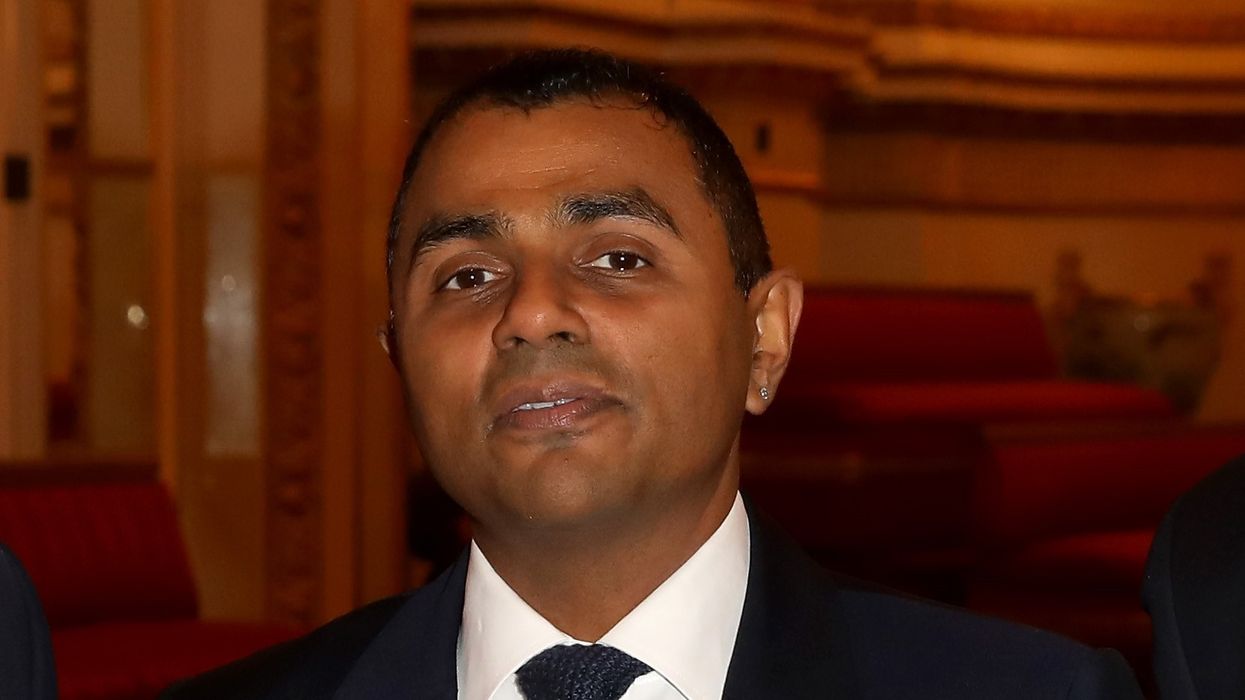
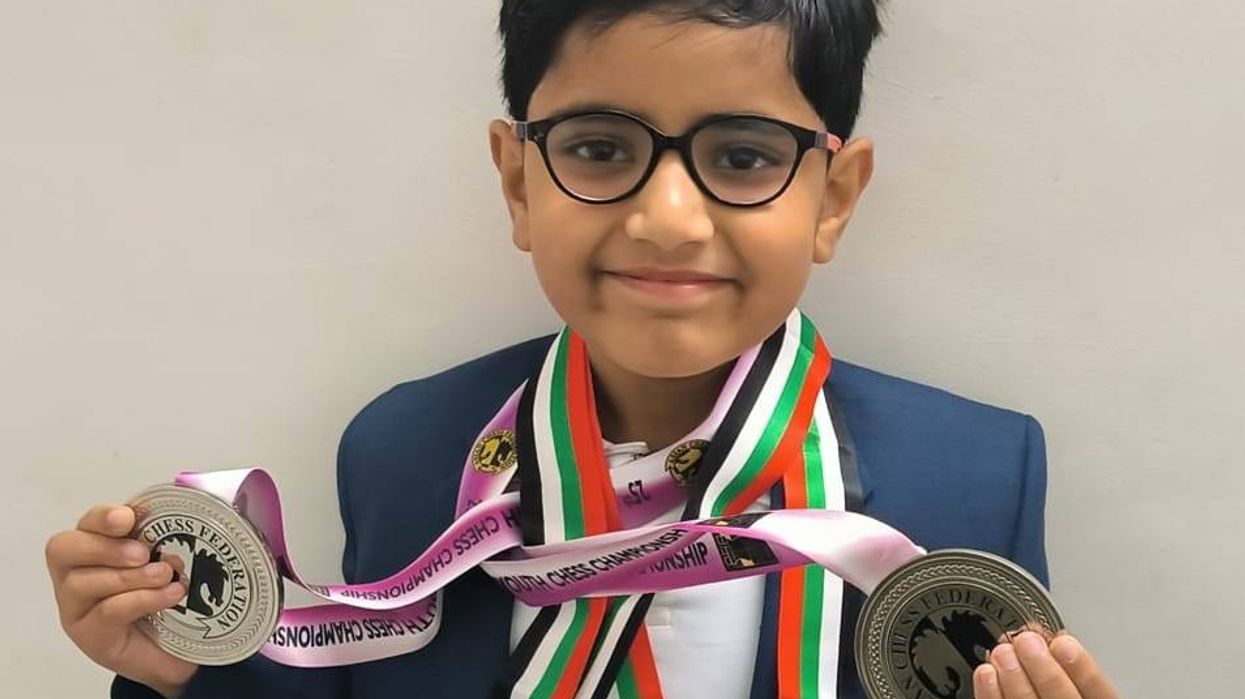



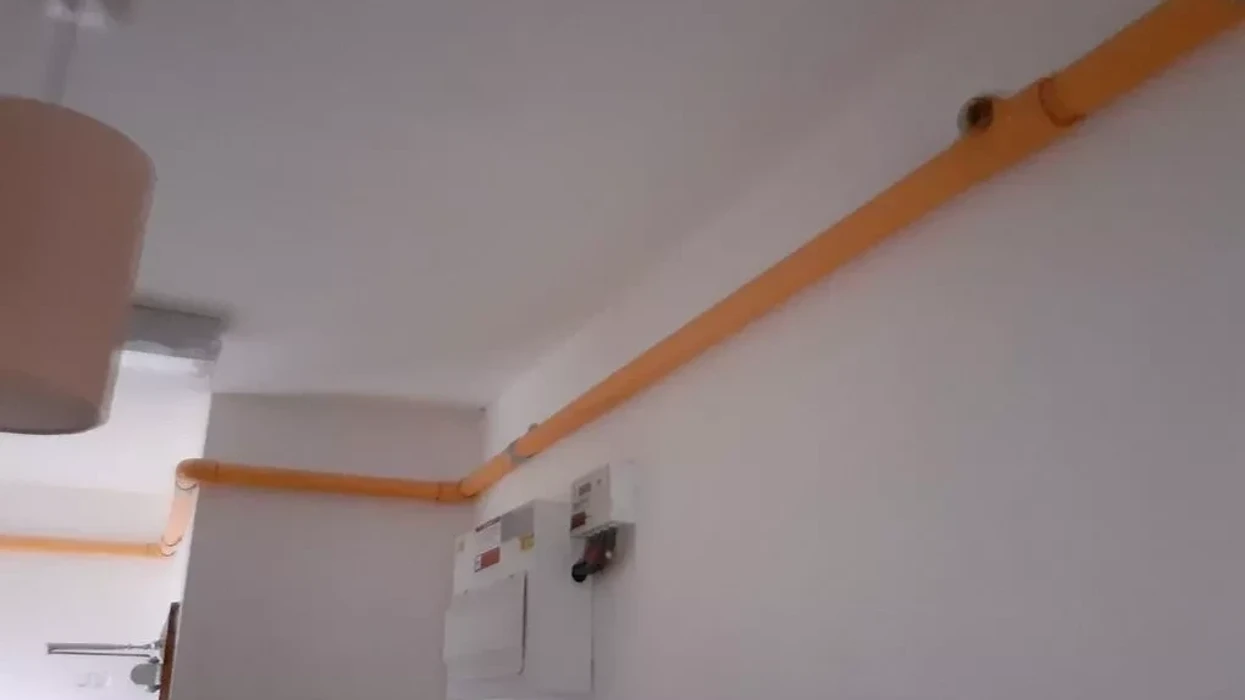


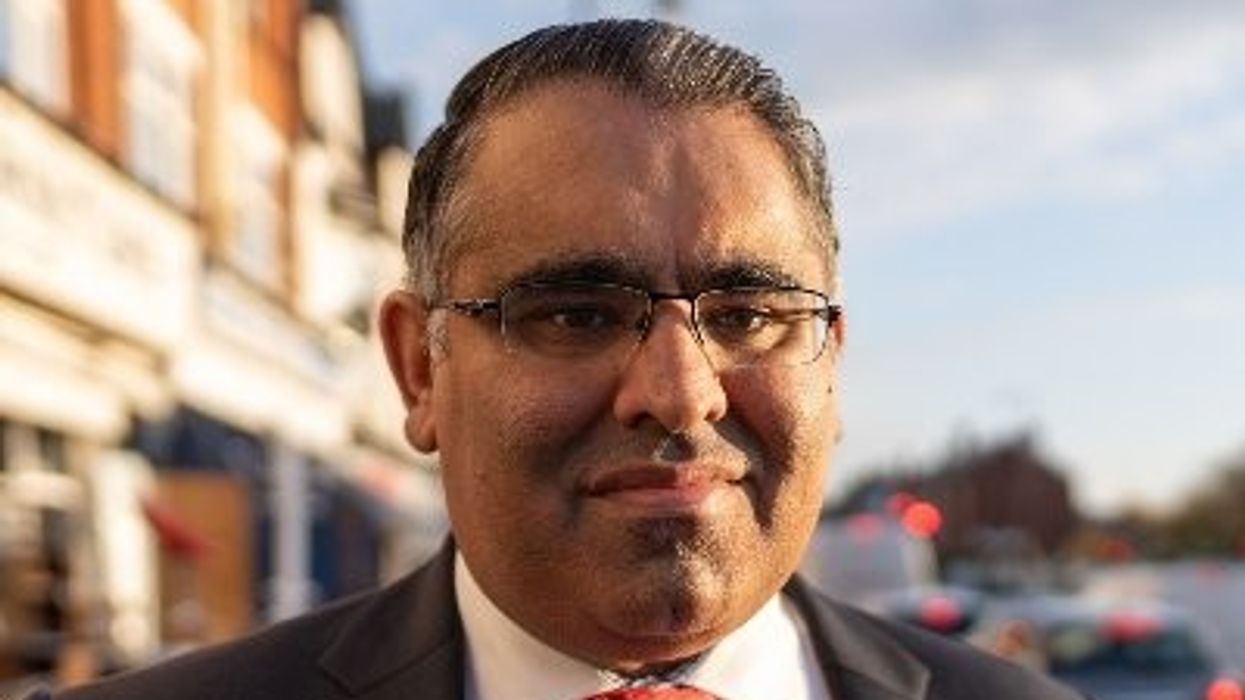



 Shefali Jariwala death raises concern over anti ageing drugs and self medication Instagram/shefalijariwala
Shefali Jariwala death raises concern over anti ageing drugs and self medication Instagram/shefalijariwala  Anti ageing pills found at Shefali Jariwala home spark health safety debate Instagram/shefalijariwala
Anti ageing pills found at Shefali Jariwala home spark health safety debate Instagram/shefalijariwala 
 Prada confirms Kolhapuri chappals inspired its 2026 Milan collectionInstagram/
Prada confirms Kolhapuri chappals inspired its 2026 Milan collectionInstagram/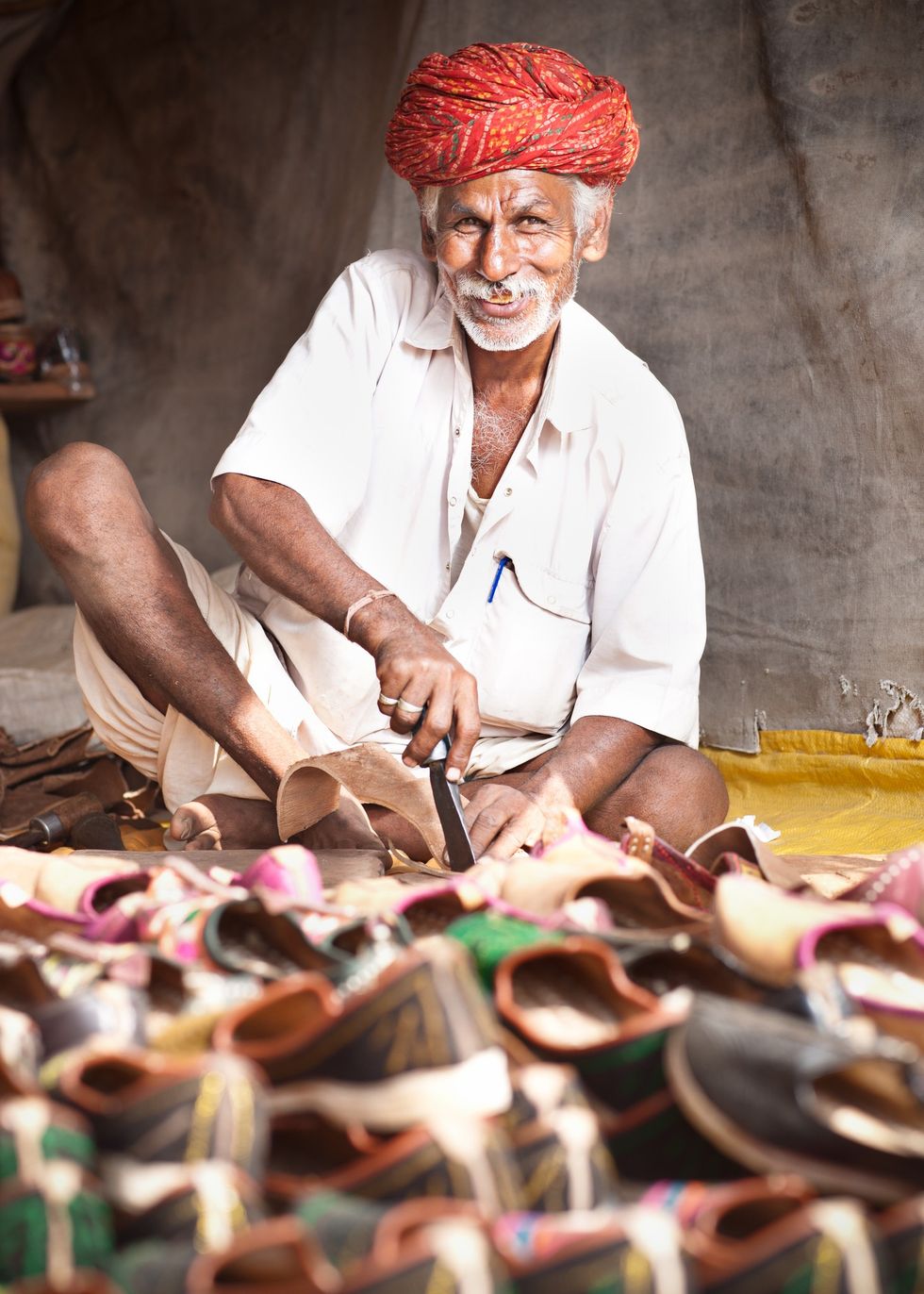 Kolhapuri chappals have been crafted for centuries and received GI tag in 2019 iStock
Kolhapuri chappals have been crafted for centuries and received GI tag in 2019 iStock